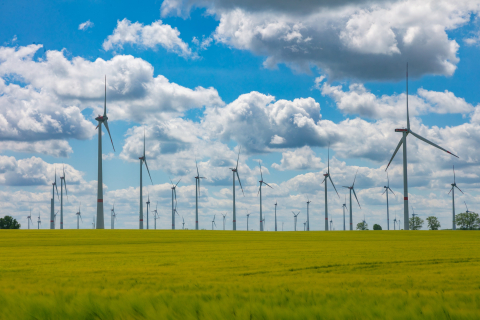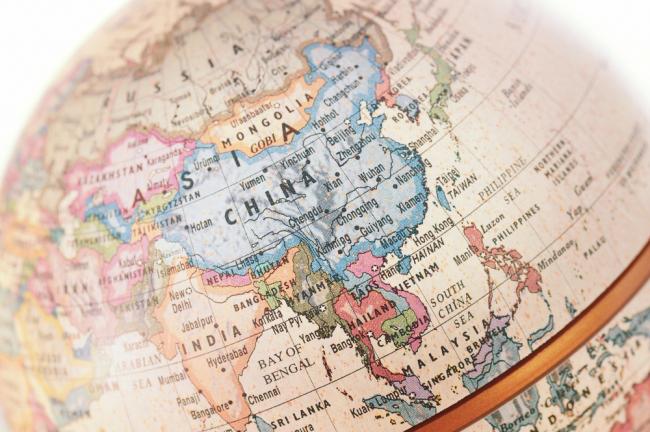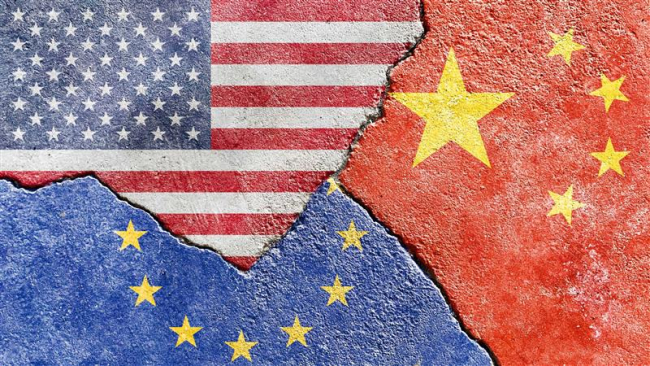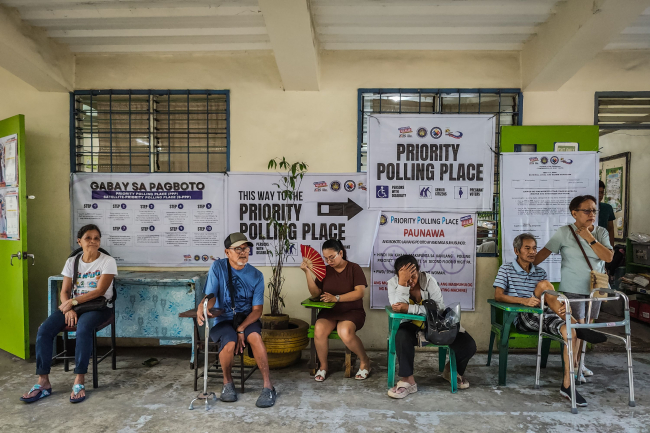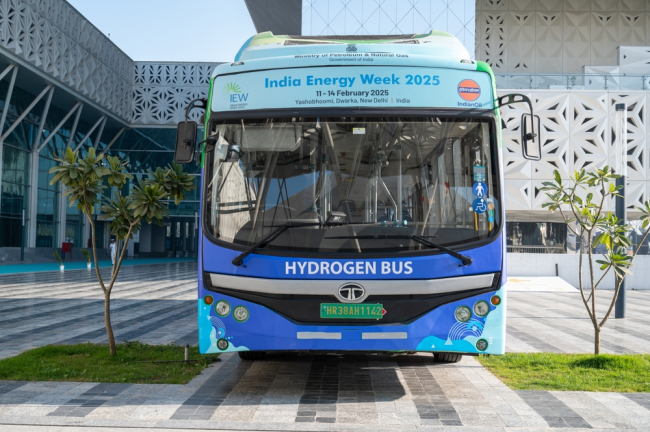Trading Freely with East Asia: Challenges and Opportunities for EU FTAs in the Region
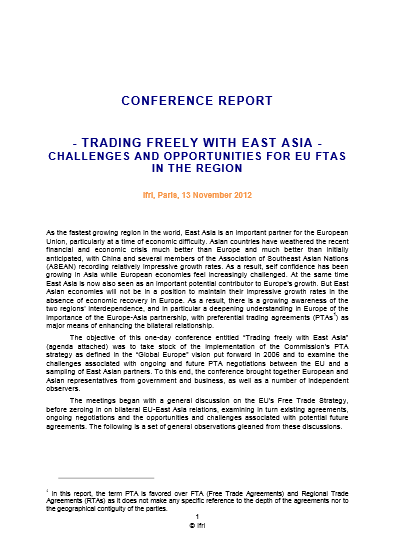
As the fastest growing region in the world, East Asia is an important partner for the European Union, particularly at a time of economic difficulty. Asian countries have weathered the recent financial and economic crisis much better than Europe and much better than initially anticipated, with China and several members of the Association of Southeast Asian Nations (ASEAN) recording relatively impressive growth rates. As a result, self-confidence has been growing in Asia while European economies feel increasingly challenged.
At the same time East Asia is now also seen as an important potential contributor to Europe's growth. But East Asian economies will not be in a position to maintain their impressive growth rates in the absence of economic recovery in Europe. As a result, there is a growing awareness of the two regions' interdependence, and in particular a deepening understanding in Europe of the importance of the Europe-Asia partnership, with preferential trading agreements (PTAs1) as major means of enhancing the bilateral relationship.
The objective of this one-day conference entitled “Trading freely with East Asia” was to take stock of the implementation of the Commission's PTA strategy as defined in the “Global Europe” vision put forward in 2006 and to examine the challenges associated with ongoing and future PTA negotiations between the EU and a sampling of East Asian partners. To this end, the conference brought together European and Asian representatives from government and business, as well as a number of independent observers.
The meetings began with a general discussion on the EU's Free Trade Strategy, before zeroing in on bilateral EU-East Asia relations, examining in turn existing agreements, ongoing negotiations and the opportunities and challenges associated with potential future agreements. The following is a set of general observations gleaned from these discussions.

Available in:
Share
Download the full analysis
This page contains only a summary of our work. If you would like to have access to all the information from our research on the subject, you can download the full version in PDF format.
Trading Freely with East Asia: Challenges and Opportunities for EU FTAs in the Region
Related centers and programs
Discover our other research centers and programsFind out more
Discover all our analysesQuest for Strategic Autonomy? Europe Grapples with the US - China Rivalry
Building on the 2020 European Think Tank Network on China (ETNC) report, which assessed Europe’s positioning amid the strategic rivalry between the United States and China, this edition re-examines the geopolitical landscape in light of the Covid-19 pandemic, Russia’s war in Ukraine and Donald Trump’s return to the White House. This report features 22 national chapters and one dedicated to the EU, analysing the evolution of Europe’s relations with Washington and Beijing, the range of approaches to dealing the US-China rivalry and how these are expected to evolve.

France seeks third way between US and China in Southeast Asia
The French leader sent a message of partnership but gave few concrete details on sustained engagement plans.
Mid-term Elections in the Philippines: The Clan War Reaches New Heights
Three years after the last general and presidential elections, Filipino voters once again went to the polls on May 12, 2025, to elect their municipal and parliamentary representatives.
India’s Green Hydrogen Strategy in Action: Policy Actions, Market Insights, and Global Opportunities
India is poised to remain the world’s fastest-growing major economy, and this rapid growth is driving a sharp rise in energy demand. As the most populous country on the planet, India urgently needs to decarbonize its energy systems.








